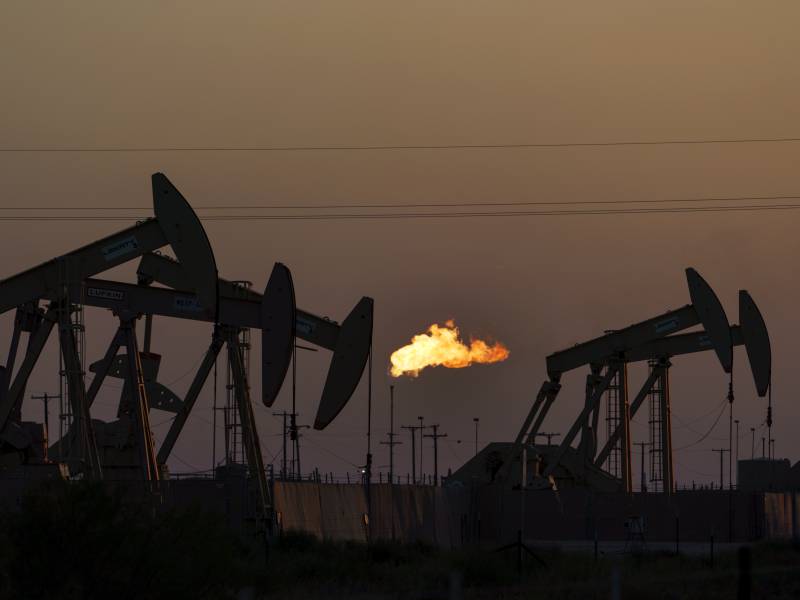The EPA says that over that period, the amount of methane that will be captured or leaks avoided would be enough to heat nearly 8 million American homes for a winter.
The agency also estimates the final rule will have net financial benefits of at least $7.3 billion a year from 2024 to 2038. Included in that accounting are the cost of deploying new technologies, climate savings, and health benefits.
Human-caused methane emissions are responsible for about 30% of global warming today, according to the United Nations Environment Programme. Most of the methane emitted by humans comes from the energy sector, agriculture and landfills.
The new rule includes a “Super Emitter Program” that allows third parties, including environmental groups, to detect and report large methane releases from oil and gas sites. The EPA says studies show these large emitters account for almost half the methane emissions from the oil and gas industry.
The industry is also required to phase out routine natural gas flaring at new oil wells. Drillers often flare or burn gas from the ground with more valuable oil when there isn’t a pipeline nearby to transport the gas to buyers.
The new rule also requires “comprehensive monitoring” for methane leaks from well sites and compressor stations. In addition to regularly inspecting sites, the EPA says oil and gas companies must choose “low-cost and innovative methane monitoring technologies” to detect leaks.
And the rule creates standards for reducing emissions from equipment, such as controllers, pumps and storage tanks.
Some states already have methane emissions programs. They will now have two years to submit them to EPA for approval to ensure they comply with the new federal regulation.
“With other countries also zeroing in on methane as a key climate risk, it’s a signal to operators worldwide that clean-up time is here,” says Fred Krupp, Environmental Defense Fund president, in a statement. EDF is among groups that have established methane monitoring programs, including plans to launch a $90 million satellite to detect methane from oil and gas fields.
Even though the new rules are aimed at the oil industry, they’re getting praise from some larger companies.
“BP welcomes the finalization of a federal methane rule for new, modified and — for the first time — existing sources,” Orlando Alvarez, chairman and president of BP America, says in a statement.
But smaller companies have been critical, fearing increased costs that could make some wells unprofitable.
The industry’s largest trade group, the American Petroleum Institute, says it’s still reviewing the final rule. Earlier this year, API detailed its concerns in comments submitted to the EPA. Among them, API mentioned potential legal issues with using third-party monitors for the “Super Emitter Program.” The group says the EPA “must establish requirements for monitoring of third-party data” and provide limits on how that information is released to the public.
A senior EPA official says the agency made changes based on such comments. The official says now the EPA will certify groups with methane monitoring expertise, assess reports of releases for accuracy, and then notify a responsible company of the release so they can fix it.
It’s unclear whether that will satisfy API’s concerns, but the comments highlight something many people involved in this rulemaking process assume: the new regulations will likely be challenged in court.
Copyright 2023 NPR. To see more, visit https://www.npr.org.9(MDAxOTAwOTE4MDEyMTkxMDAzNjczZDljZA004))

9(MDAxOTAwOTE4MDEyMTkxMDAzNjczZDljZA004))
